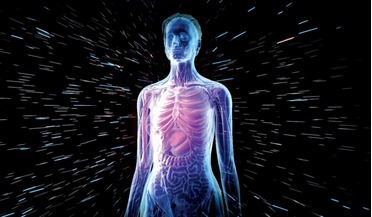 October 2018
Radiation study paves way for safe deep space exploration
October 2018
Radiation study paves way for safe deep space exploration
... EM-1 launch will be the first use of the Space Launch System (SLS), the largest rocket launched since Saturn V carried Apollo astronauts to the Moon. During EM-1, Orion will fly without a crew beyond Earth’s magnetosphere, orbit...
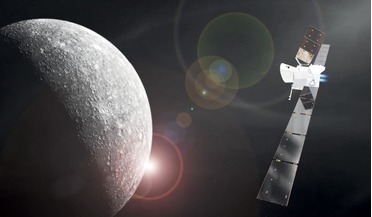 November 2018
BepiColombo – a mission to explore Mercury
November 2018
BepiColombo – a mission to explore Mercury
... 4,880 km, its diameter is only about two fifths that of the Earth - even Jupiter’s moon Ganymede and Saturn’s Titan are bigger. And although Mercury can appear as a very bright object when viewed from Earth...
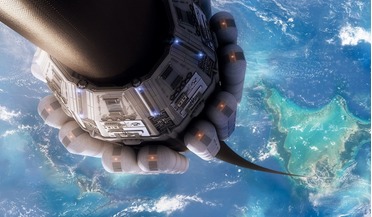 February 2019
The Space Elevator – an alternative path to space?
February 2019
The Space Elevator – an alternative path to space?
... 27.5 metric tons (mt), or 1.4 percent of total rocket mass with over 2,000 mt on the launchpad. The largest rockets, the Saturn V and the upcoming SpaceX BFR (2017) version [4], compete with a half-dozen train-wagon-equivalents, at 140...
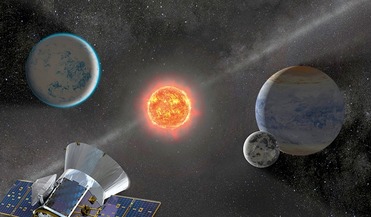 April 2019
Scanning the skies for exoplanets
April 2019
Scanning the skies for exoplanets
... the main bulk of those gases are helium and hydrogen, meaning the exoplanet is more of a small Jupiter or Saturn-like planet rather than a large Earth. As such it wouldn’t have a rocky surface, said Armstrong. Although TESS...
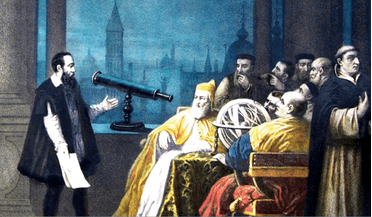 June 2019
Does the speed of light change with time?
June 2019
Does the speed of light change with time?
... his telescope toward the sky. He was the first to see craters on the Moon, the captivating rings of Saturn and the four largest moons of Jupiter. Enamoured with what he saw, Galileo held the first star...
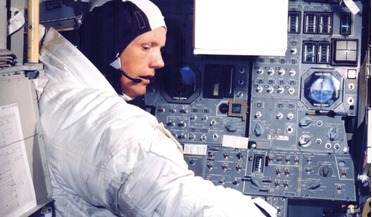 July 2019
A reluctant American hero
July 2019
A reluctant American hero
... journey ended with a successful splashdown in the Pacific on 24 July after more than eight days in space. The Saturn V launch vehicle (SA-506) for the Apollo 11 mission lifts off at 13:32 UTC, 16 July 1969, from launch complex...